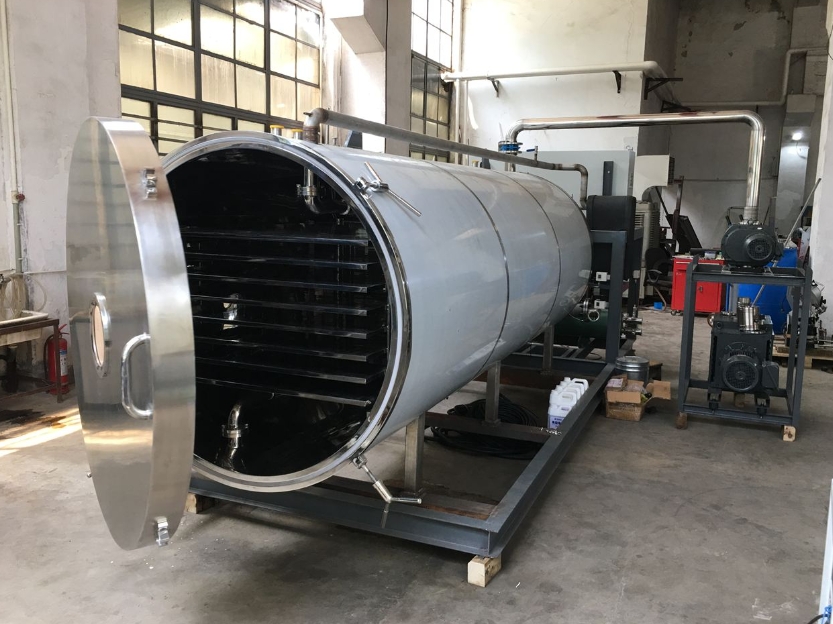Introduction:
Freeze-drying stands out in food safekeeping and shelf life extension for its ability to preserve nutritional values and tastes. This piece delves into whether lyophilization can effectively eradicate bacteria and fungi in dry food storage, demonstrating its importance for room temperature food preservation.
Understanding Freeze-Drying
Freeze-drying, or lyophilization, involves water removal from frozen food under vacuum conditions. This widely applied method enhances food storage life at room temperature, maintaining original nutrition and flavor.
The Process
Freeze-drying consists of freezing, primary drying, and secondary drying phases, turning food moisture directly from solid to gas for prolonged preservation.
Microbial Impacts
Investigating freeze-drying’s influence on bacteria and fungi survival is key to valuing its preservation efficacy.
Microbial Response to lyophilization
Although freeze-drying reduces food moisture, inhibiting microbial activity, it doesn’t always annihilate bacteria and fungi. Their survival hinges on the microbe type, food properties, and lyophilization specifics.
Storing Freeze-Dried Foods
The low moisture and lightweight nature make freeze-dried foods ideal for long-term room temperature storage.
Room Temperature Storage
Storing freeze-dried foods at room temperature uniquely preserves food shelf life, nutrition, and taste, posing it as a superior preservation method.
Conclusion:
While not a panacea for eliminating foodborne microorganisms, lyophilization significantly boosts food preservation by moisture reduction. Suitable for room temperature storage, it champions food safety and longevity. Grasping freeze-drying’s scientific foundations and proper application is essential for food safety and quality assurance.


